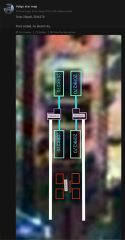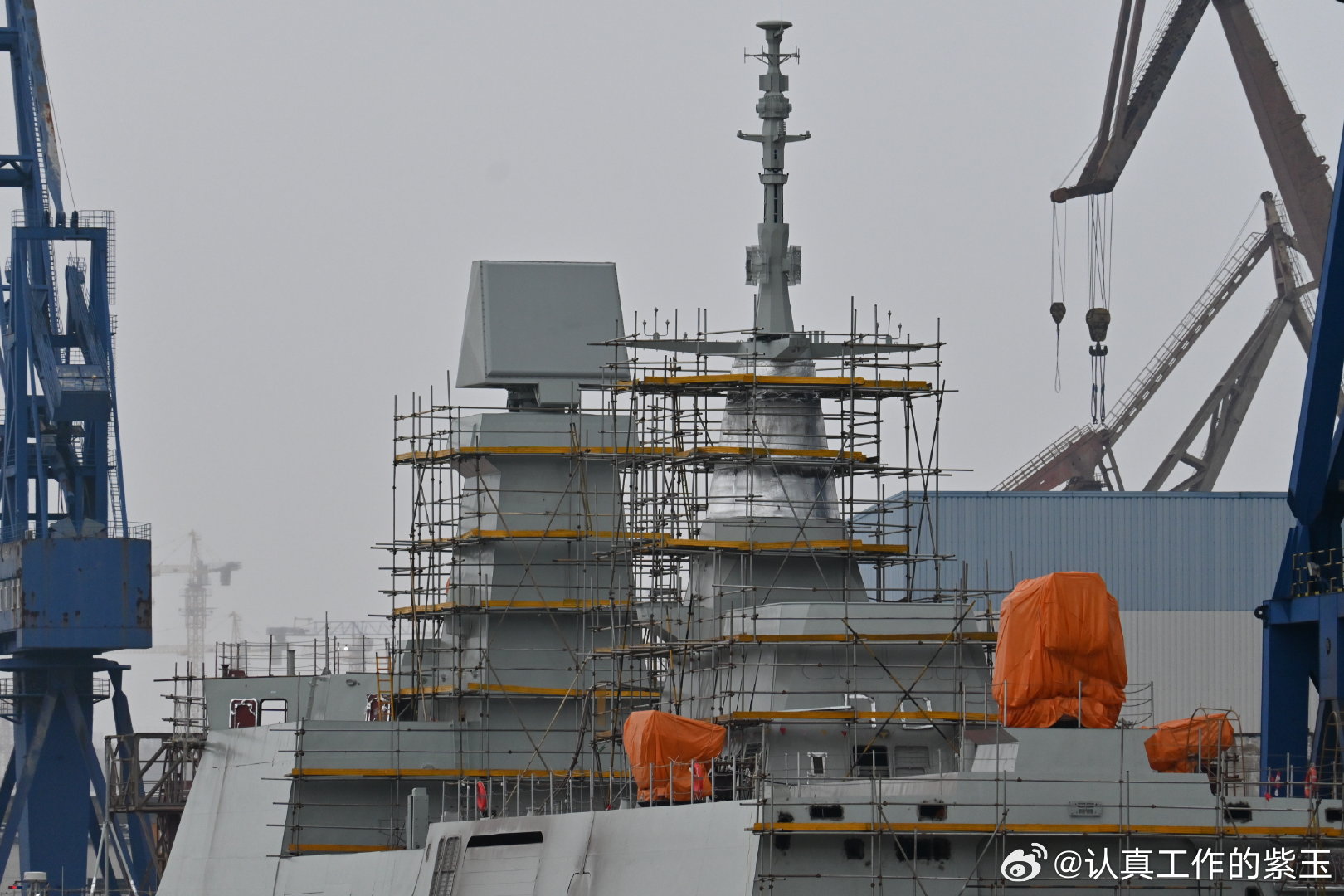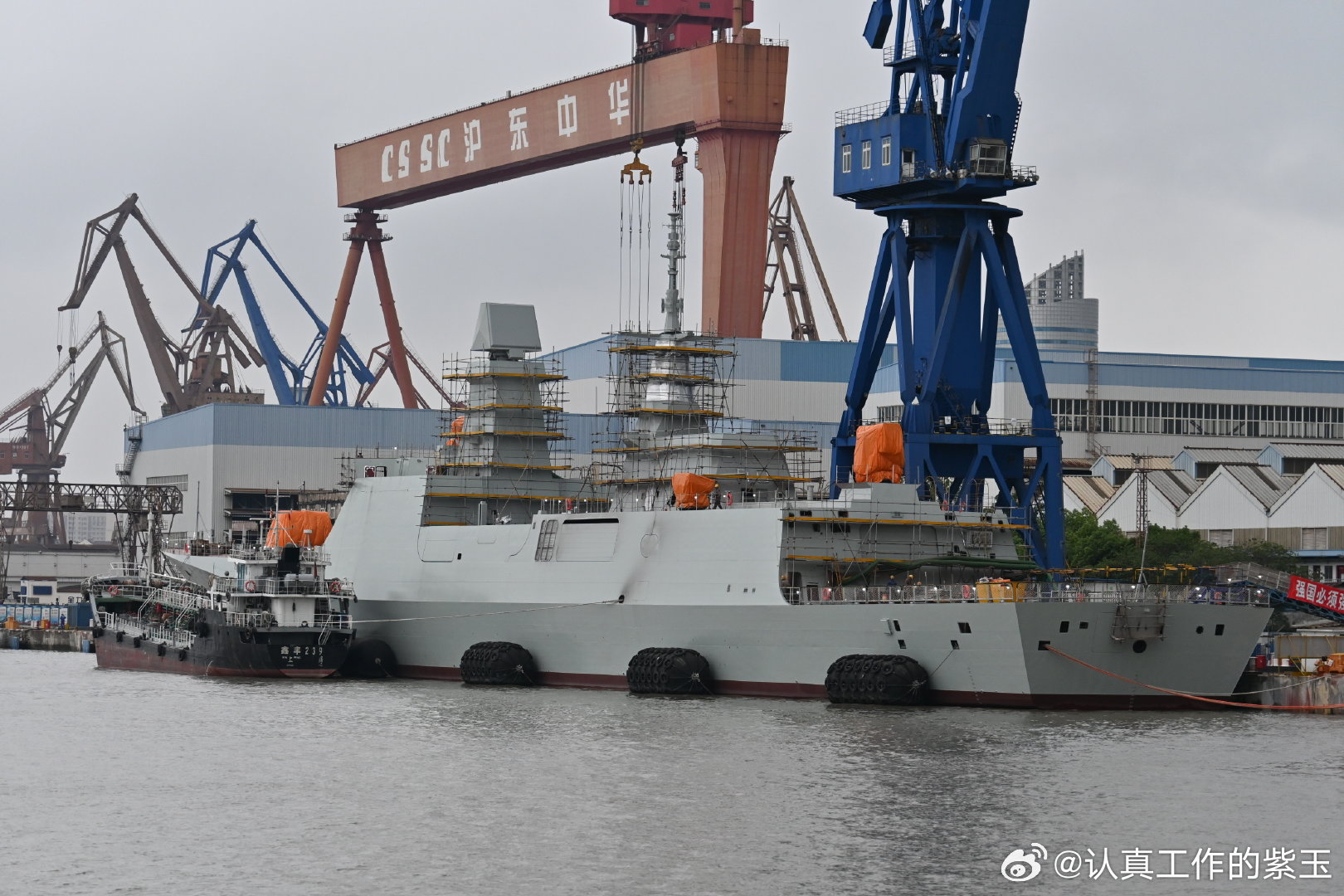Things have certainly changed, the question is why. My contention is that the essentials of effective ASW favouring dual helo platforms have not changed since the late Cold War period, that what has changed for USN and most allied navies in recent decades is (a) the disappearance of the high-end, high-volume Soviet submarine threat that formerly demanded first-rate attention and (b) lower budgets reflecting that low-threat environment, which translates to fewer helicopters in service, with fewer pilots and technicians, fewer sensor packages, fewer munitions and lower parts inventories, such that having only one helo per ship is ultimately an easy and even attractive compromise to make, because the budget isn't there to do two helos properly anyway. My contention is that what we are seeing with all these single helo, supposedly ASW-focused ships is akin to a "minimum viable product", because services are trying to retain all the capabilities and proficiencies of the past while investing in contemporary and cutting-edge developments, all on relatively shoestring budgets and without clearly defined threat scenarios to focus their attention, leading to force structures that are all breadth and no depth.
It may well be impossible to do dual Seahawks on a modern Perry-sized hull given contemporary systems, crew habitability, survivability standards. But we are talking about a ship that is at least 50% larger than Perry and one that appears to be mostly a new design that is therefore not beholden to the compromises of the past.
My view is that ships like Perry and Spruance with dual helicopter hangars at the time were as much of a need driven by the lack of helicopter hangars aboard many of the USN's surface combatants at the time, as much as it was by the ASW demands of the era (and indeed, the USN's ASW demands of the era are also somewhat different to the PLAN's ASW demands of the current era, which is more relevant in the next part of my reply).
Absent photographic evidence of these ships with two helos in the hangar simultaneously, I am inclined to think you are correct. However I would note again that this is in the context of a force structure that is centered around dedicated ASW helicopter carriers (another concept that I think is worth exploring for PLAN).
My personal reference scale is late-Cold War USN, secondarily the Soviet Union of the same period and also JMSDF, because I believe that the submarine threat that PLAN confronts today, and the resources that PLAN can bring to bear to meet them, bears a greater resemblance to those eras, services and programs than to any contemporary points of comparison such as the modern European frigate programs. That perspective may well be miscalibrated or even simply wrong, but I hope that it is at least comprehensible.
I understand it, but that doesn't mean it's correct or constructive for this to come up every time we discuss a new surface combatant class or variant of a class.
The discussion around "how many hangars should a PLAN surface combatant has" is never just about that, because it is really asking "what kind of missions does or should the PLAN have".
That is a much bigger question than what a thread about XYZ surface combatant class can yield, but in terms of what is reasonable for a specific thread, in this case, I think it is very reasonable for us to say that 054B having a single helicopter hangar is very much in line with contemporary global trends and other contemporary frigates of this size and role and mission profile.





